The Pokémon Trading Card Game is entering a thrilling new era with the revival of Mega Evolution—a mechanic beloved by longtime fans and now revamped with modern design and risk-reward dynamics. The Mega Evolution set arrives amid high expectations, and early impressions suggest it may shake up competitive and casual play alike.
What’s New & What Returns
- Mega Evolution has been absent from the TCG since the Sun & Moon era, and its return marks one of the most ambitious shifts in recent sets.
- In this iteration, Mega Pokémon are built from the base evolution chain, meaning you must first evolve a Pokémon (e.g., from the basic to Stage 1) before you can transform it into its Mega form.
- Unlike older versions of Mega cards which required special energy or conditions, these modern Megas carry a major risk: if knocked out, they reward three prize cards to the opponent instead of the usual two. That elevated risk sets a high bar for when and how to play them.
- The set includes fan-favorite Mega Pokémon like Mega Lucario, Mega Gardevoir, Mega Venusaur, and others, each reimagined with new attacks, aesthetics, and support synergies.
- For the first time, full-art Item cards are also being introduced. Cards like Rare Candy and Night Stretcher now arrive with premium treatment, visually matching the high stakes of Mega play.
Power vs. Risk: The Strategic Tightrope
The defining trait of this set is balancing megawatt power with potential downside. A well-timed Mega Evolution can pivot a match dramatically—swings in damage output or board control are not uncommon. But if the opponent can knock it out quickly, the reward is deep: giving away three prize cards is a serious cost.
Deck-building now requires new caution. Players must decide:
- When to commit resources toward evolving into a Mega
- How much backup protection, healing, or draw support the deck needs
- Whether their core deck can survive without over-reliance on the Mega
In many matchups, the Mega might serve as a late-game closer, but vulnerabilities in mid-game may be heavily punished.
Early Market Trends & Community Pulse
Already, scalpers have begun flipping booster boxes at premiums, especially in markets where supply is constrained. Even with broader distribution, some popular cards are being resold at steep markups.
Community feedback is energized. Many longtime players see this as a return to nostalgic mechanics, while newcomers view it as a fresh spectacle with high-risk gameplay. Social media is flooded with deck ideas, theorycrafting, “first pulls,” and meta speculation.
Who Gains — Who Risks
- Aggressive and tempo-oriented decks could lean into Mega Evolution to finish games quickly and decisively.
- Control and stall decks may fare well against Megas by forcing prolonged games, exploiting the cost of losing a Mega.
- Newer players may face a steeper learning curve: timing a Mega play incorrectly can be unforgiving.
- Collectors and visual fans have reason to celebrate: the full-art Item cards, premium illustrations, and nostalgia factor give this set aesthetic appeal beyond just competitive viability.
What to Watch in the Coming Months
- How tournaments and official events adapt — will Mega formats be restricted, banned, or fully embraced?
- Which Mega cards emerge as staples, and which are relegated to console fodder
- Whether retail and supply chain hiccups impact access in different regions
- How deck archetypes evolve to include hybrid or fallback strategies when Mega is unavailable
In closing, Mega Evolution represents more than just a comeback: it’s a recalibration of risk and reward in the Pokémon TCG space. For veteran trainers, it’s a revival of a beloved mechanic. For newer competitors, it’s a challenging but thrilling twist. Either way, it’s a moment of renewed excitement for the game—and the battlefield just got a lot more dramatic.

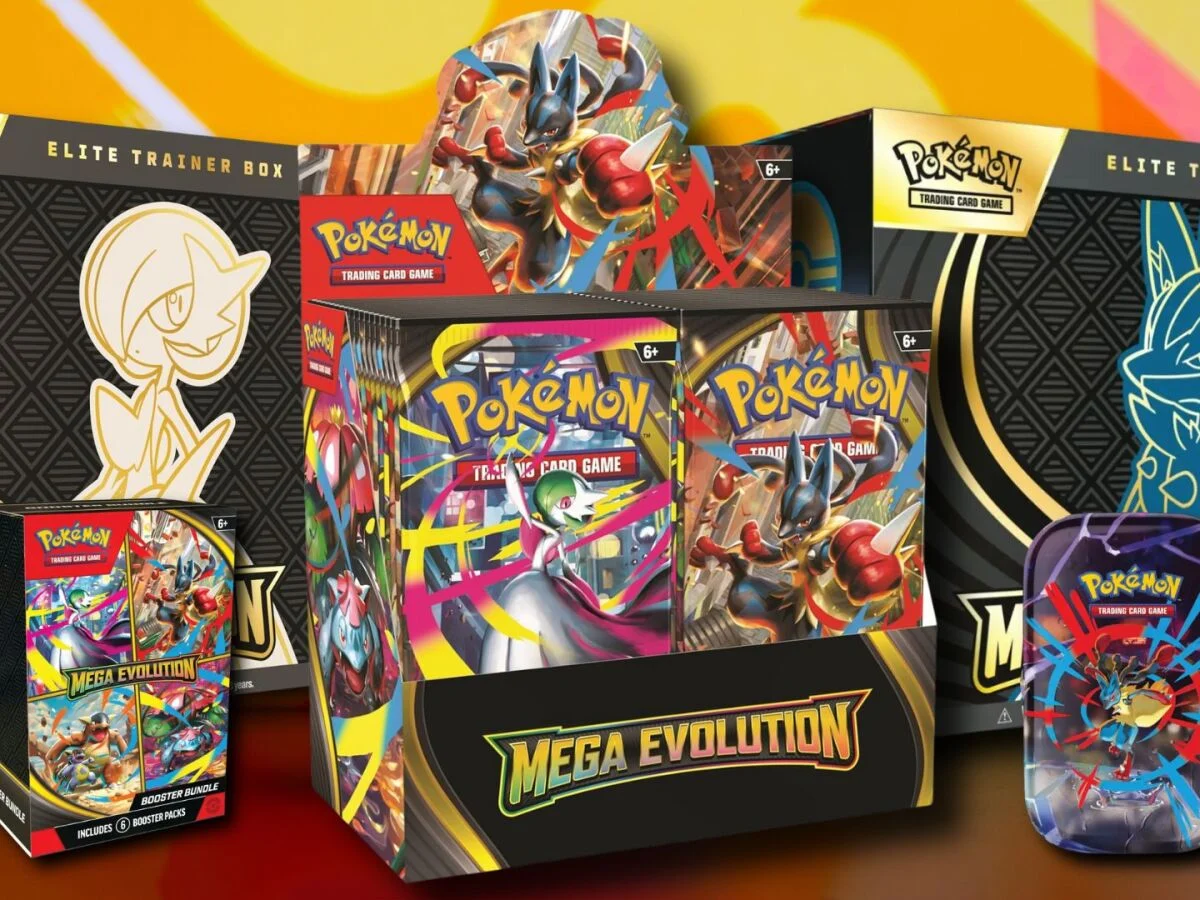

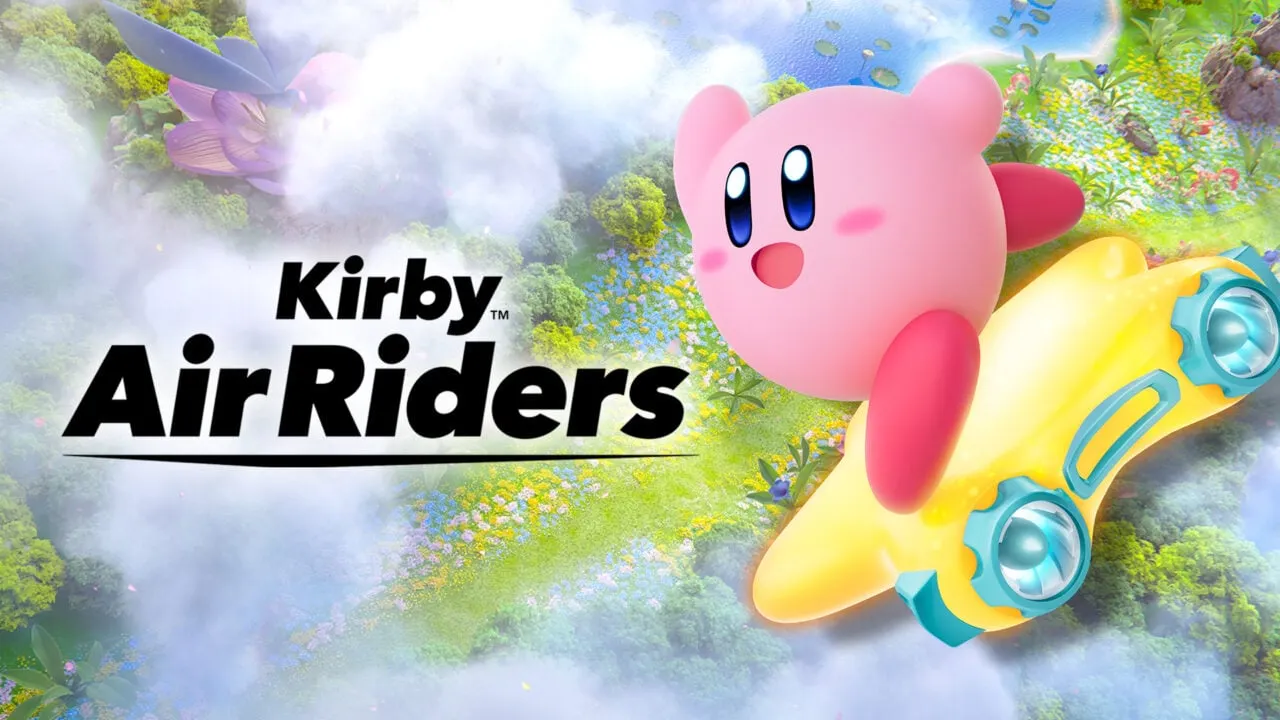
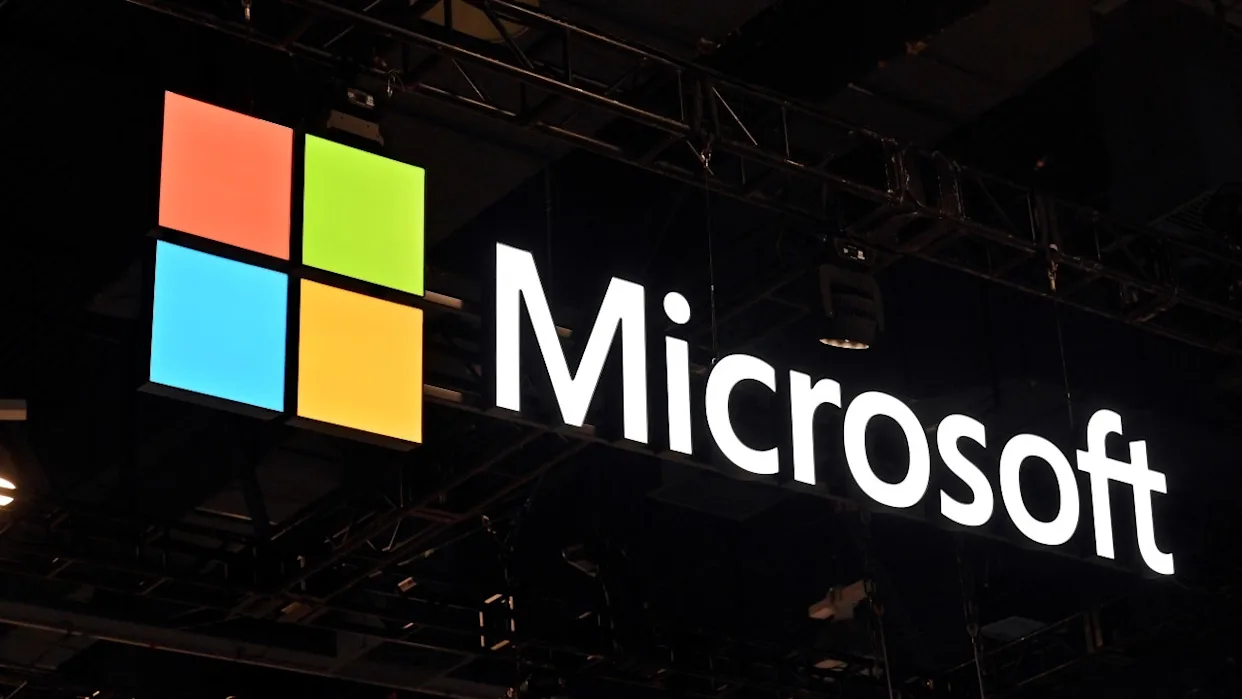





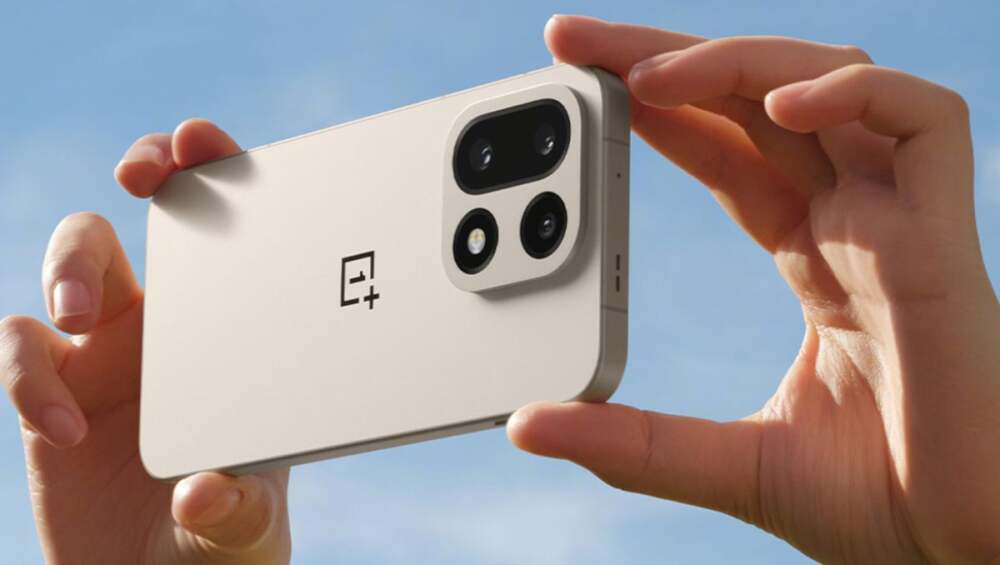
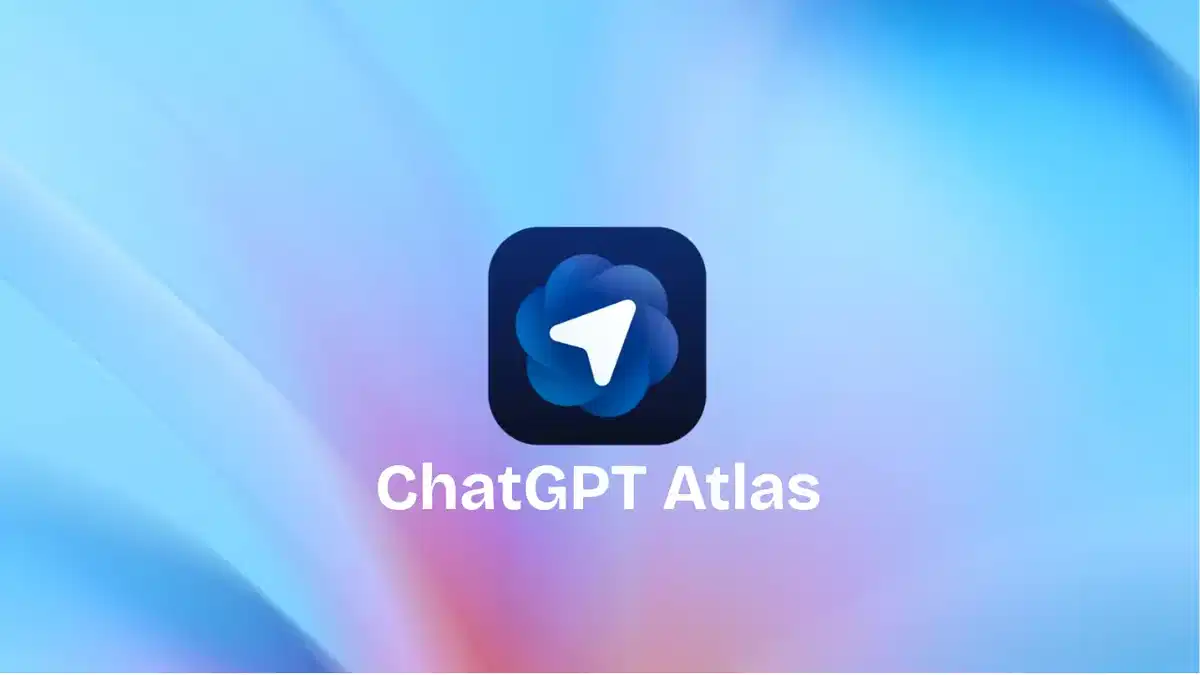




Leave a Reply